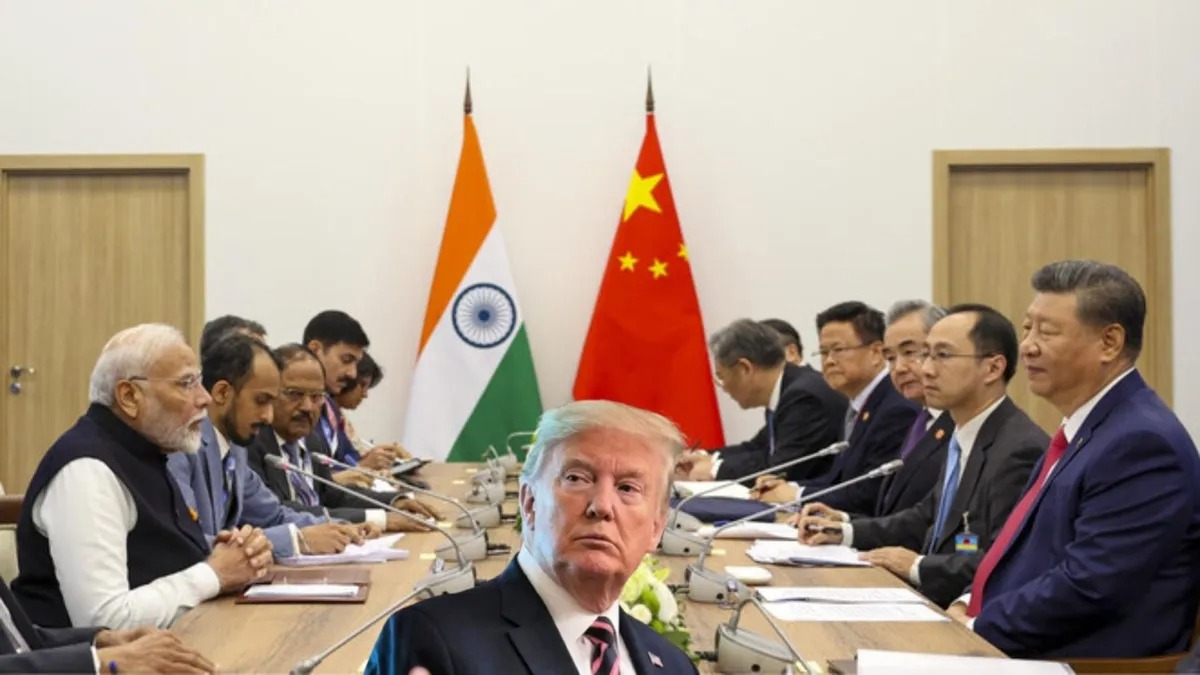
With the US set to impose high tariffs on Indian goods from April 2, Indian policymakers are reportedly considering a strategic recalibration in their approach to China. The easing of trade restrictions imposed after the 2020 Galwan Valley clash is now under internal discussion, as India looks to balance economic interests amidst shifting geopolitical dynamics.
Key Relaxations Under Consideration
According to The Indian Express, several departments are exploring ways to:
- Ease visa restrictions for Chinese workers
- Reduce tariff and non-tariff barriers on imports
- Permit the return of select Chinese mobile apps
- Resume direct flight routes
- Allow Chinese scholars and researchers easier entry
These proposals are reportedly part of a broader review of the April 2020 FDI policy, which currently mandates government approval for investments from countries sharing land borders with India.
Message to the United States?
The timing of this review may also serve as a strategic signal to Washington, especially as the US begins closer trade normalization talks with China. By opening a channel with Beijing, India may be positioning itself for better leverage in future negotiations with the US, which has grown increasingly protectionist under the Trump-led approach.
Trade Deficit and Investment Dynamics
Despite existing restrictions, India’s trade with China continues to grow, with a projected 4% rise to $118.4 billion in FY24, according to IBEF. China has reclaimed its position as India’s top trading partner, surpassing the US after two years.
- Trade Deficit: Still heavily skewed in China's favor
- FDI from China: Ranked 22nd in India’s FDI equity inflows with a cumulative $2.5 billion (April 2000 – Sept 2024)
Sources suggest the Finance Ministry recently presented a case to ease some restrictions as early as the start of the new financial year.
Internal Debate on Implementation
While the broad consensus is shifting toward greater economic engagement with China, the method and extent of easing remain under internal deliberation. The potential realignment signals India's recognition of economic realities and the need to diversify trade partnerships amidst increasing global tensions.

 Share
Share






